[Documentation of these case studies was selected and managed by Karl Fjellstrom while working for ITDP-China. The full report is available here (75mb PDF).]
Development on the outskirts of cities often takes place on large parcels of land formerly used for agriculture or for industry. The clean-up and re-use of brownfield land (old factories, rail yards, airports, ports, military bases, etc) in or near existing cities should take precedence over greenfield development to conserve agricultural land. Inevitably, however, some greenfields will also need to be developed.
Overseas Chinese Town (OCT) in Shenzhen is a very successful example of a greenfield development that follows many of the 8 principles, while also incorporating a brownfield.
The developer, OCT Group, reduced the share of the 4km2 area devoted to road infrastructure, and arranged small access roads to discourage travel by private car. It focused instead on a luxurious network of walking paths and bikeways with magnificent landscaping to connect residents with nearby metro services. While one can drive to OCT and enter the estate at a low speed, one cannot drive through the development. A large part of the open space is accessible to the public and accommodates a wide variety of restaurants, cafes, recreational and cultural activities. OCT also repurposed a former manufacturing site as Shenzhen’s pre-eminent cultural quarter, with art galleries, lofts and studios, designed by Urbanus Architecture.

Context map for OCT

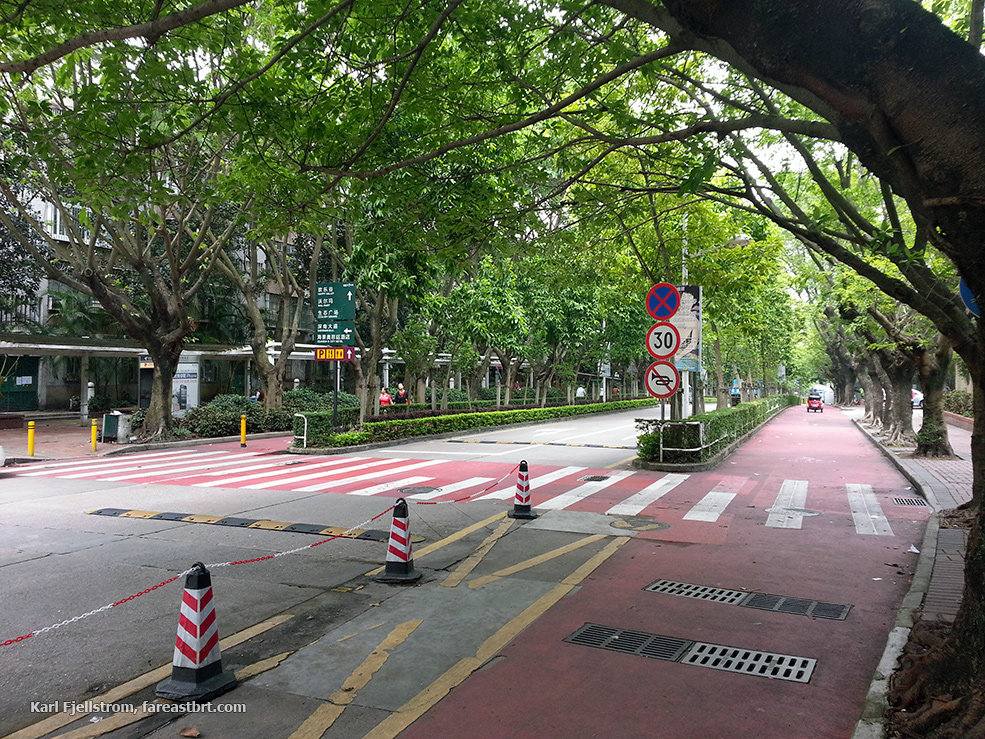
Bike network inside OCT

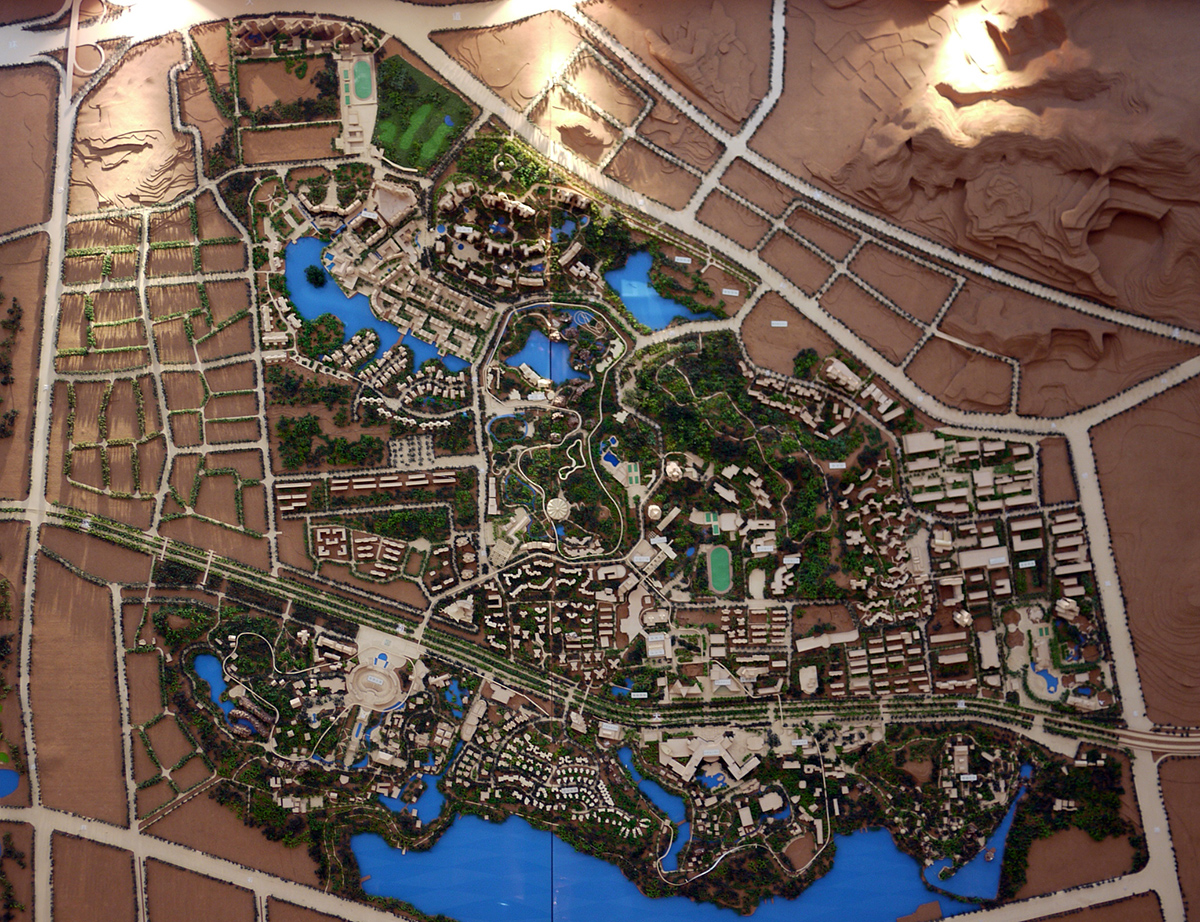
OCT's road network discourages through traffic by motor vehicles
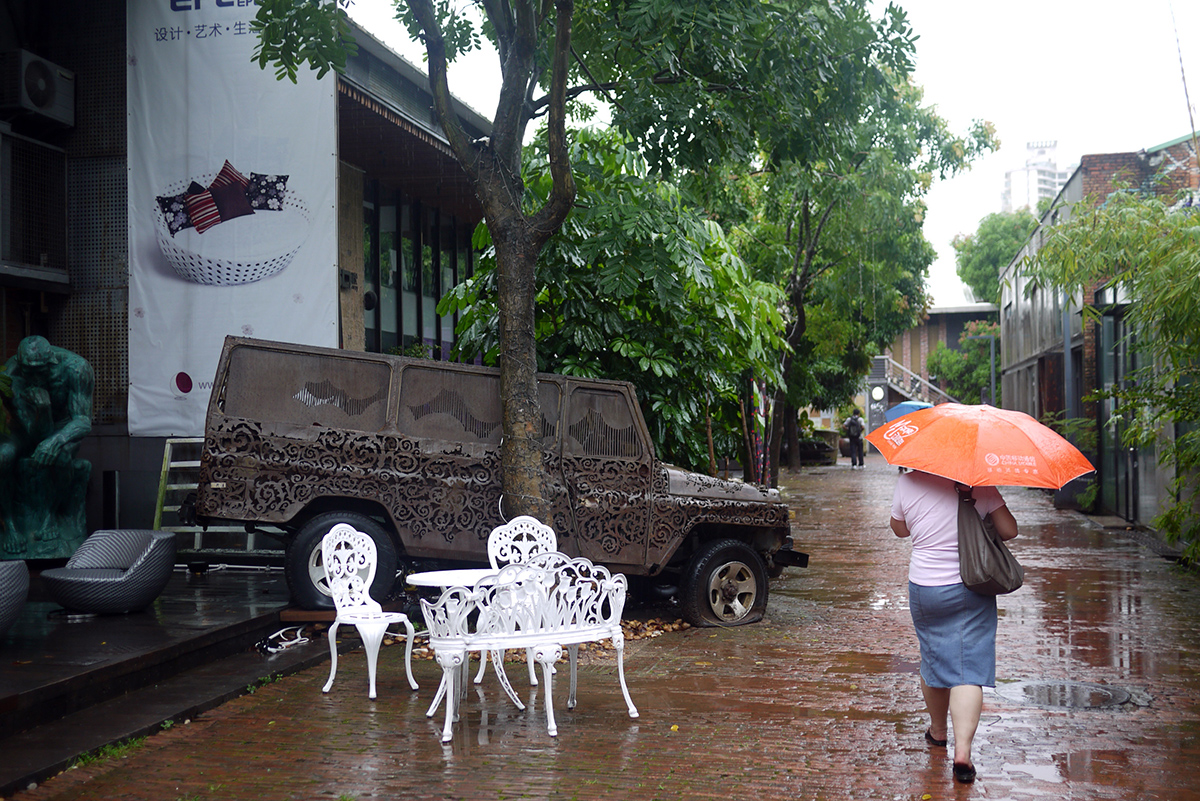

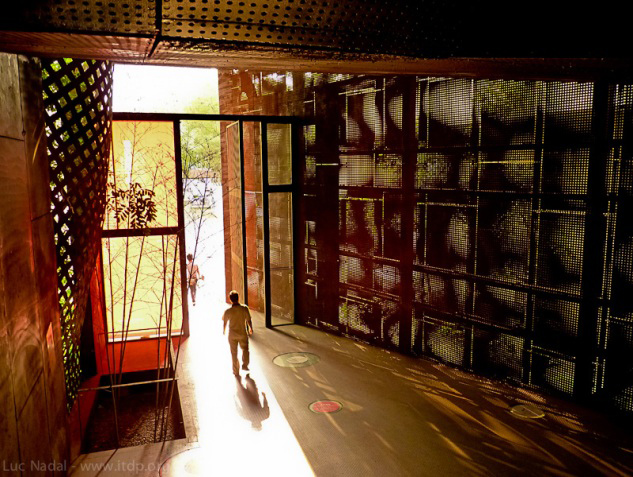
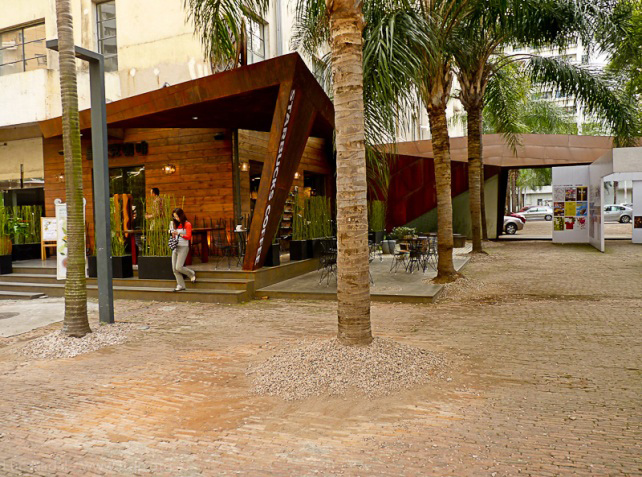
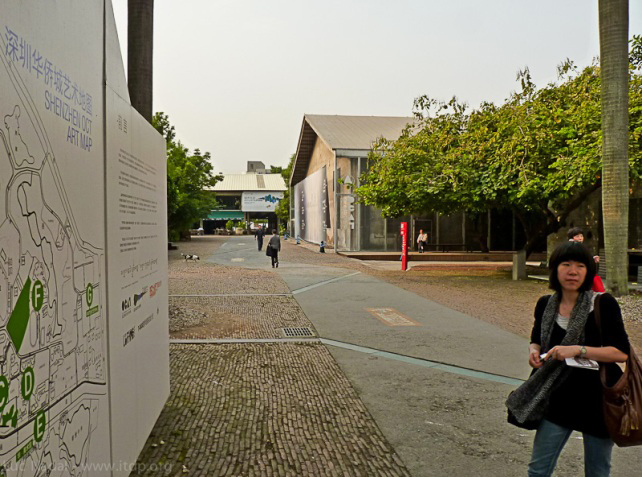
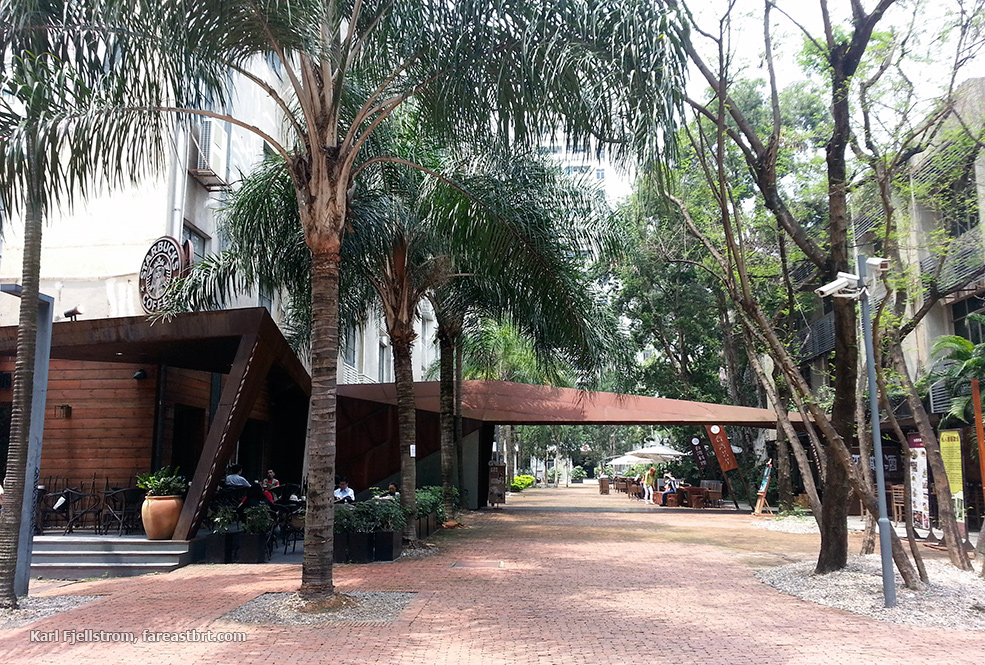
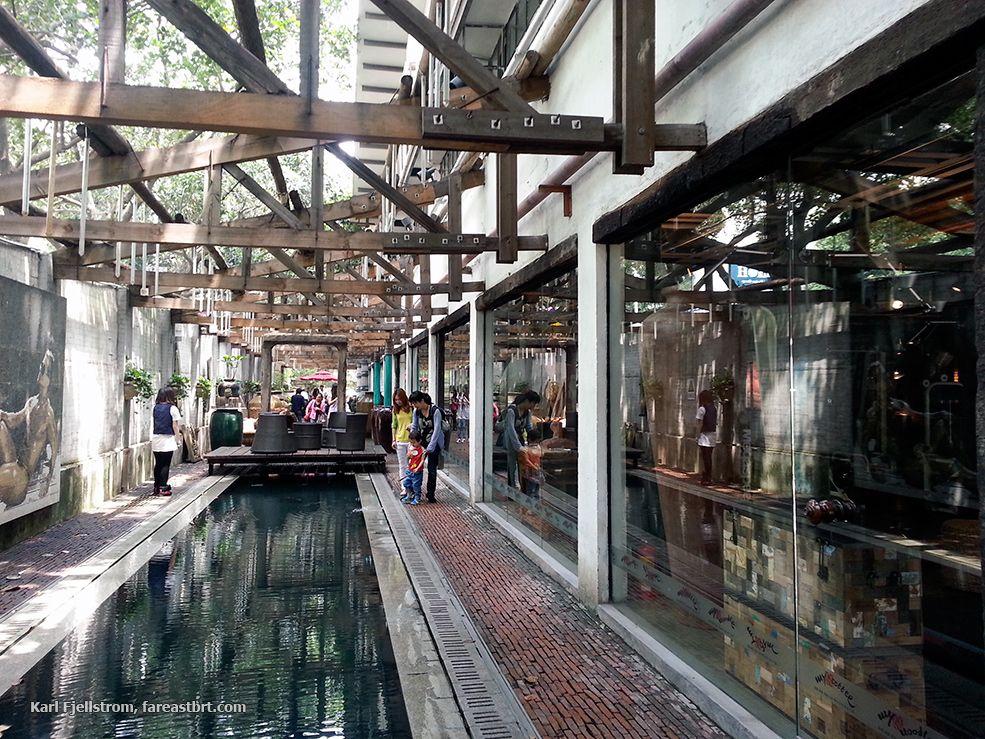
Brownfields developed into cultural and commercial facilities